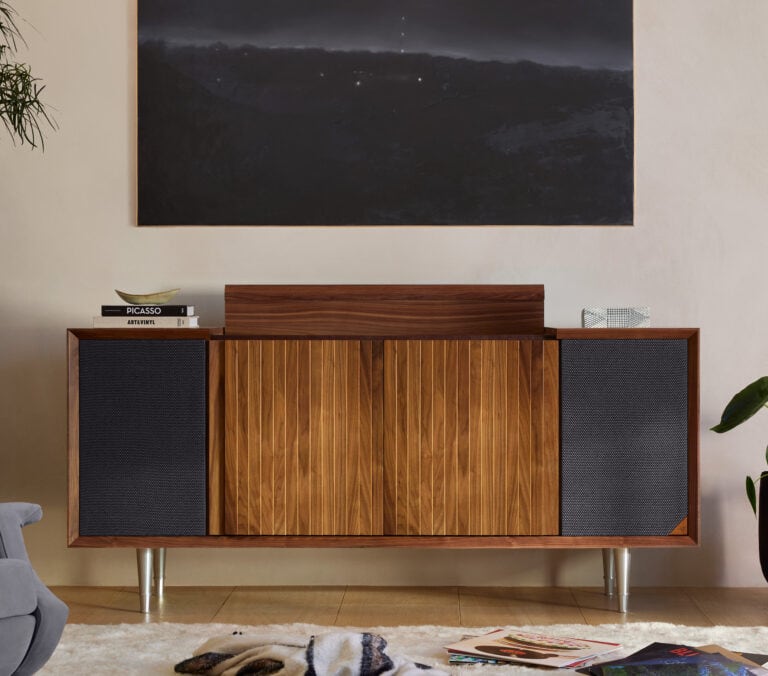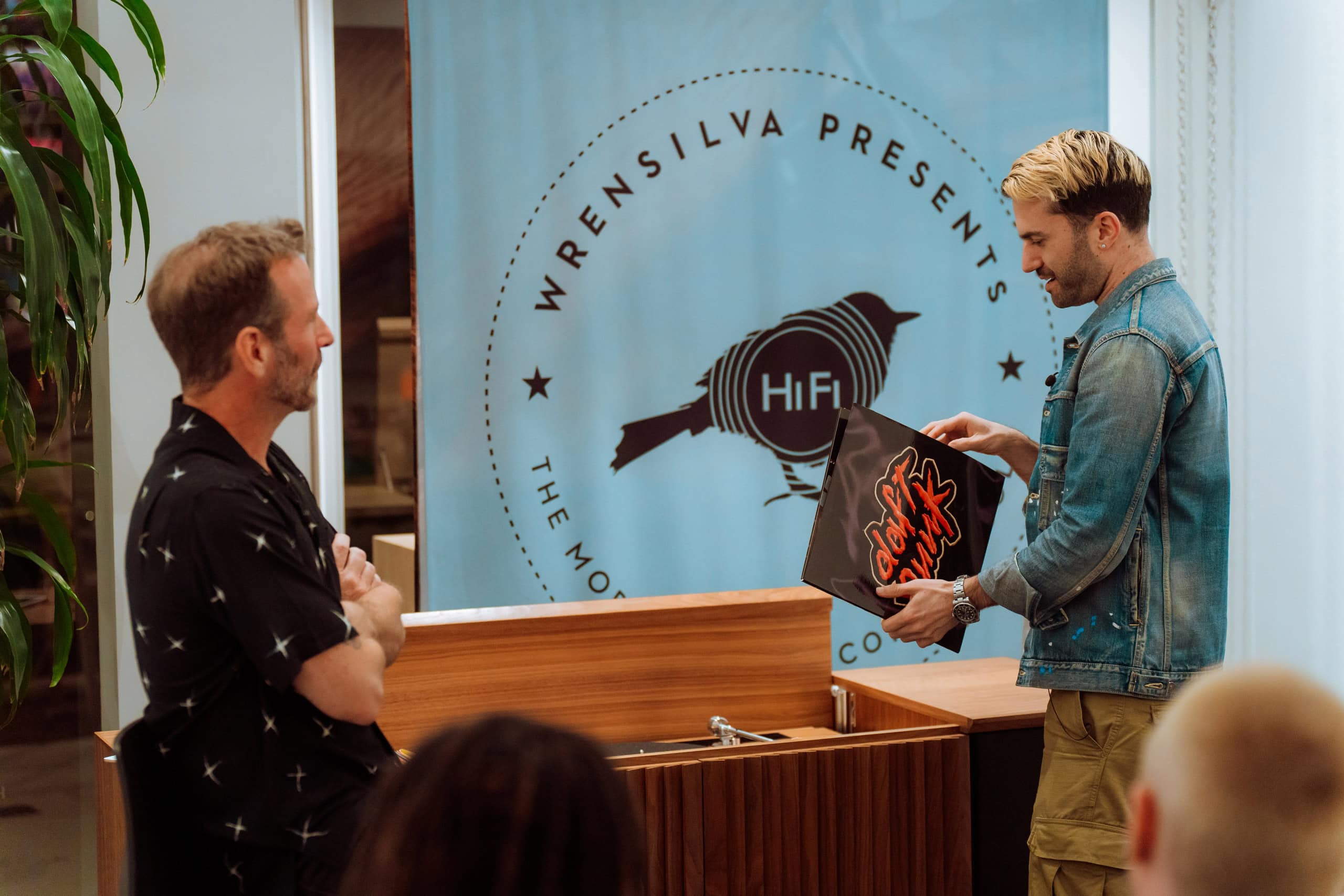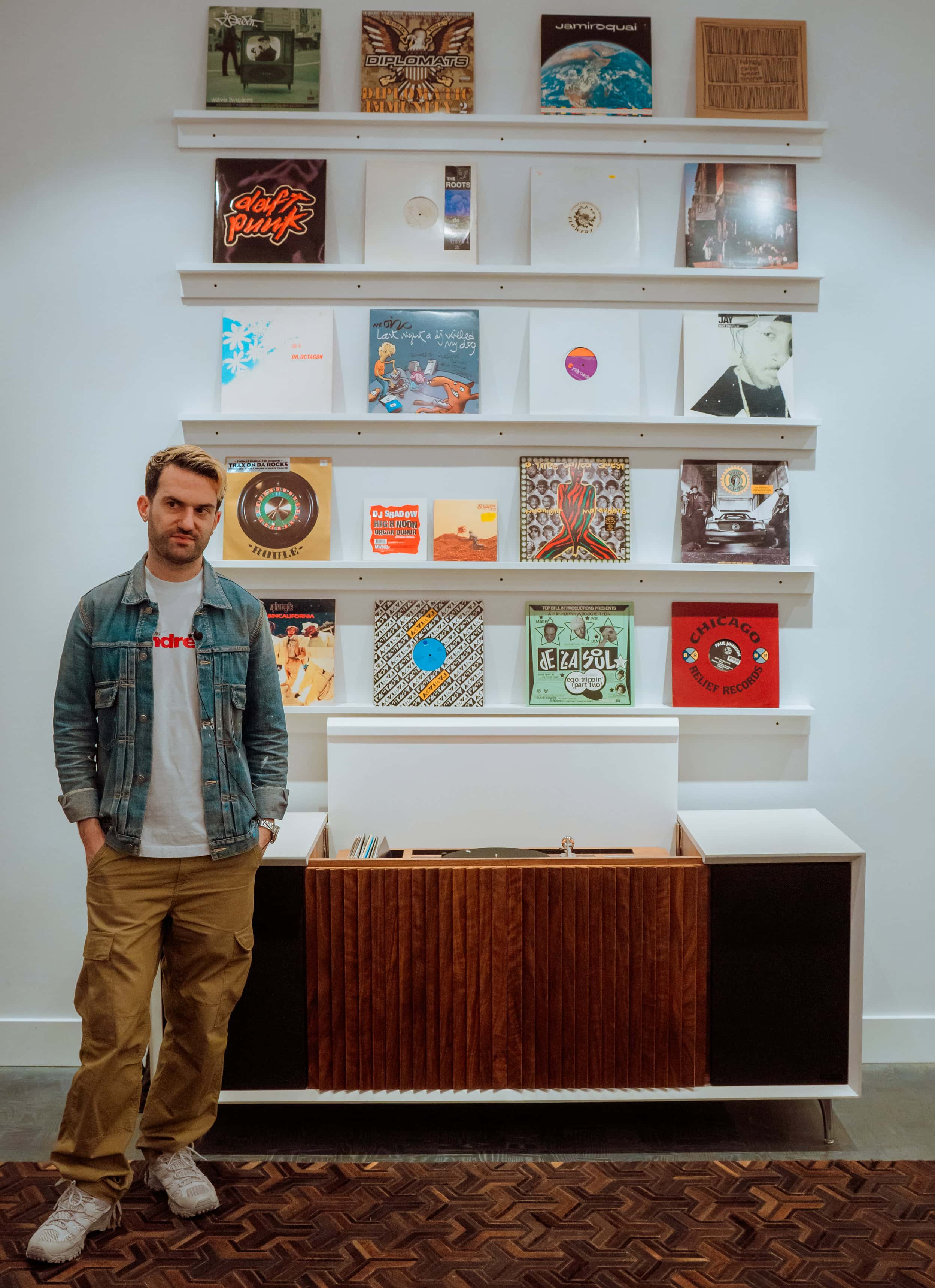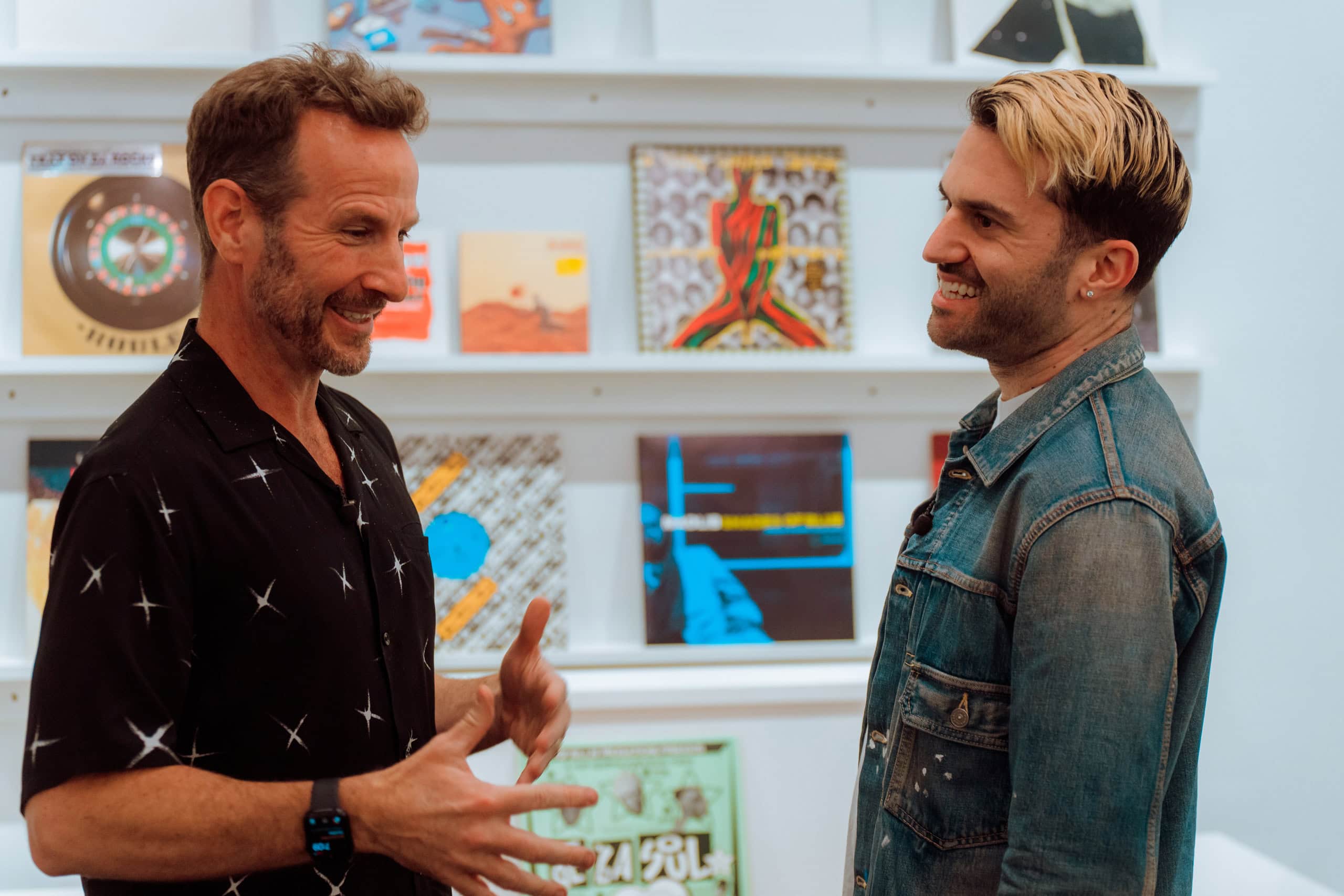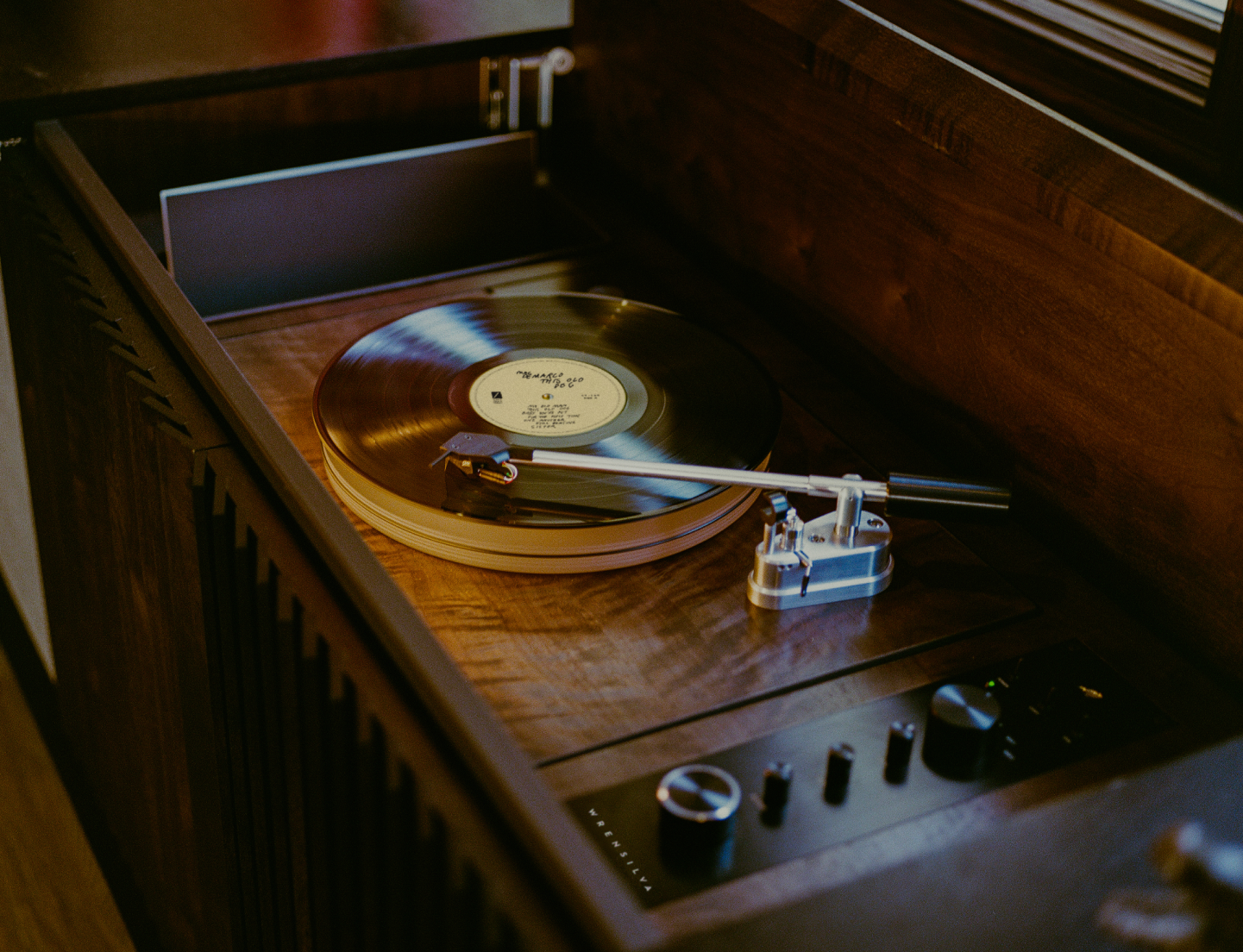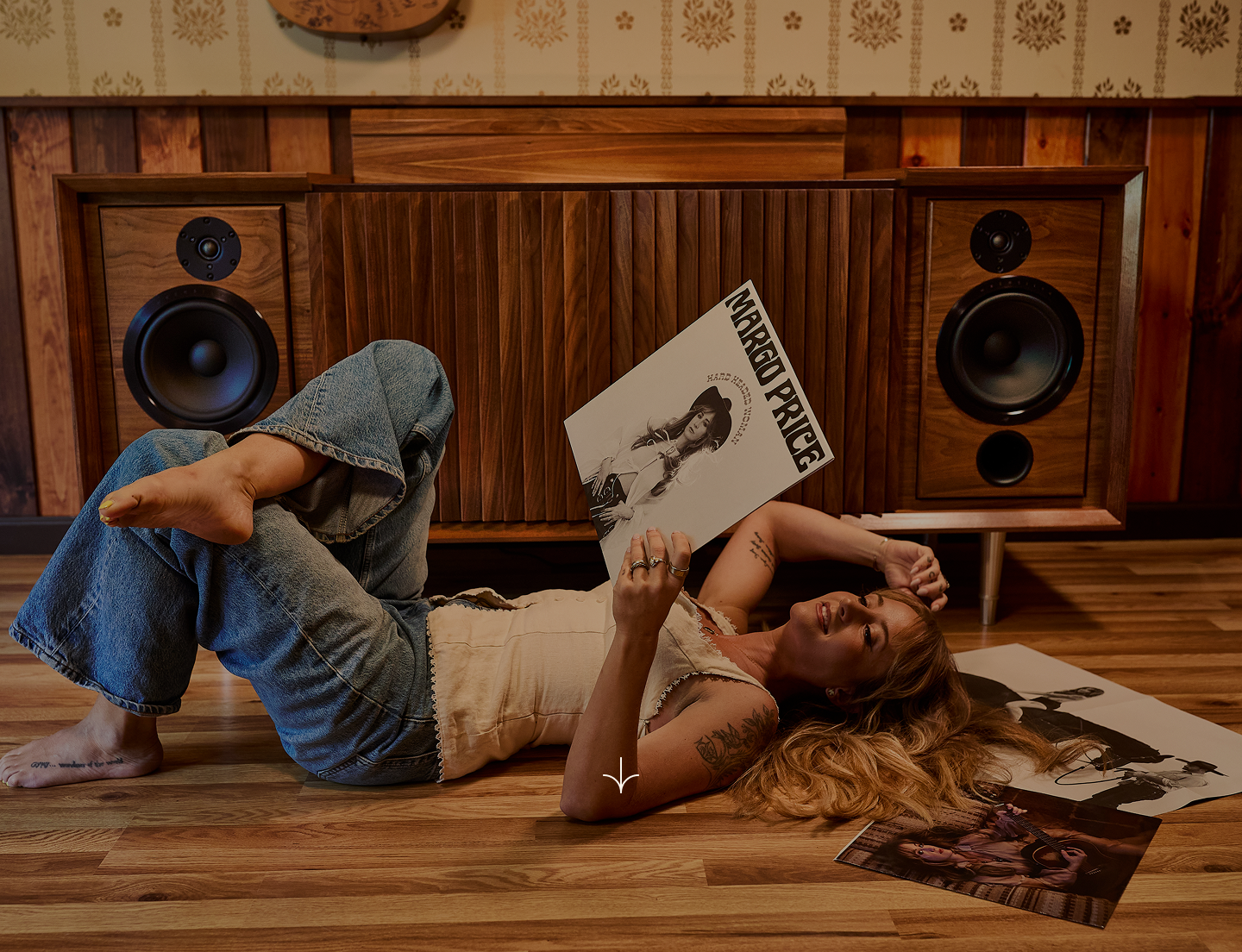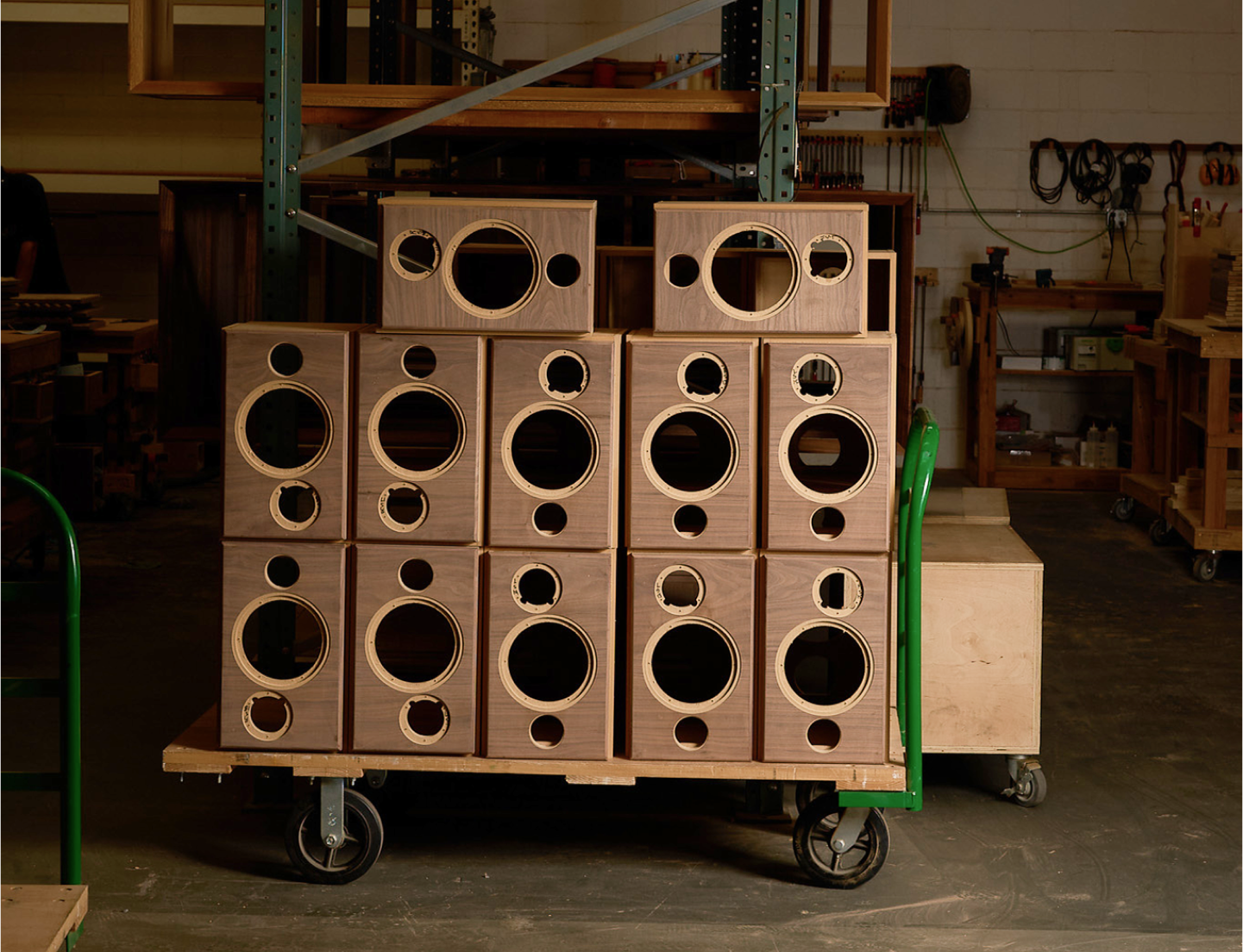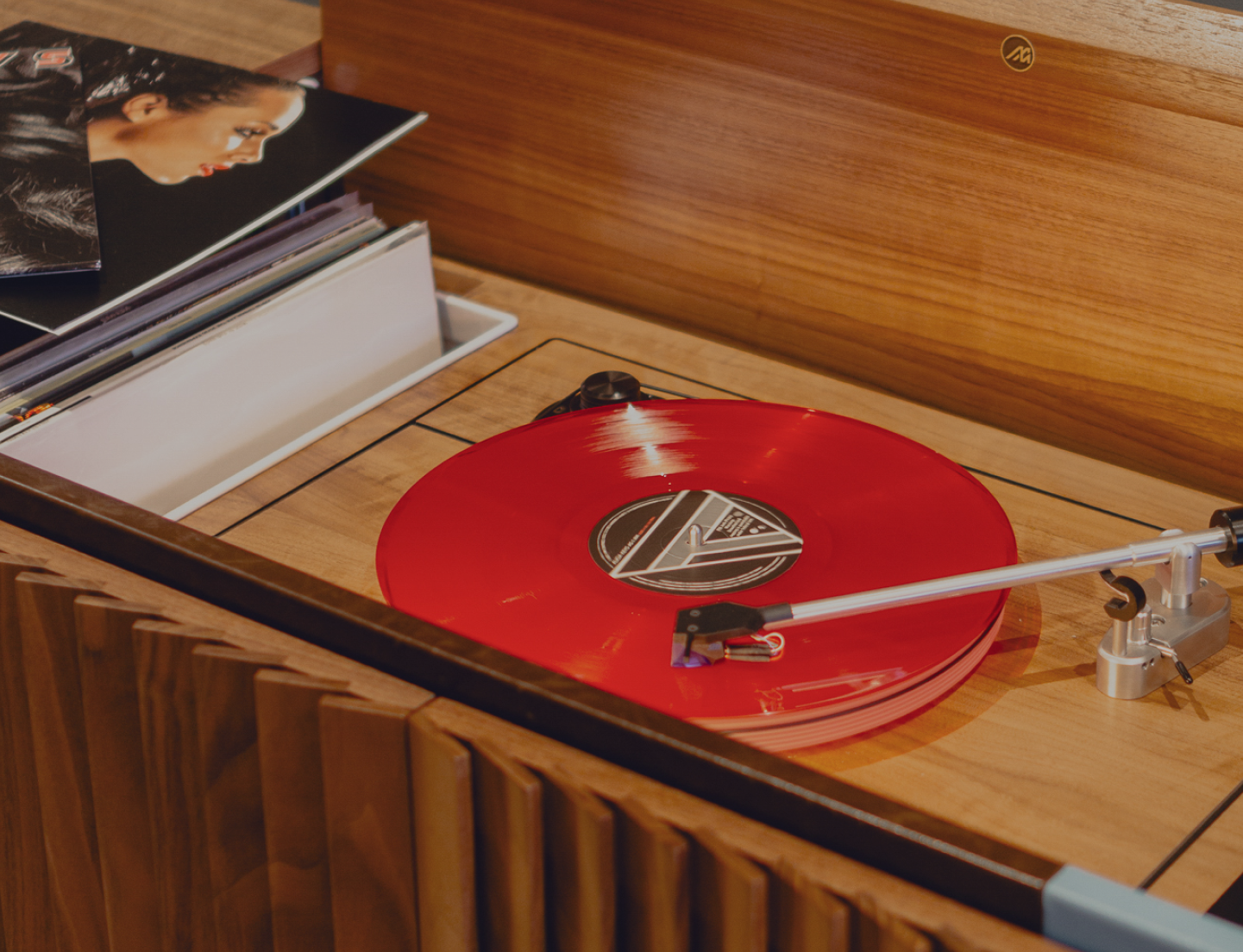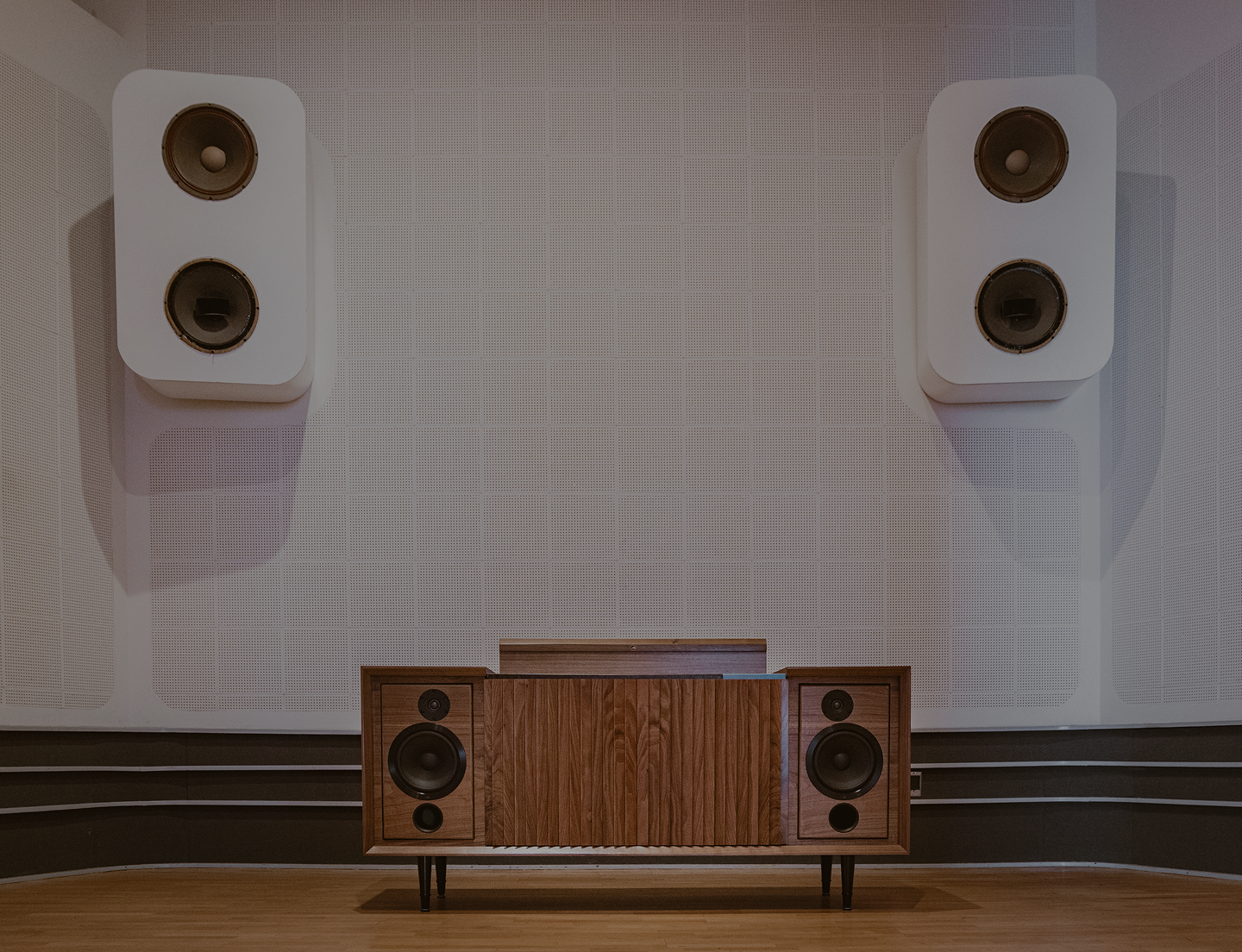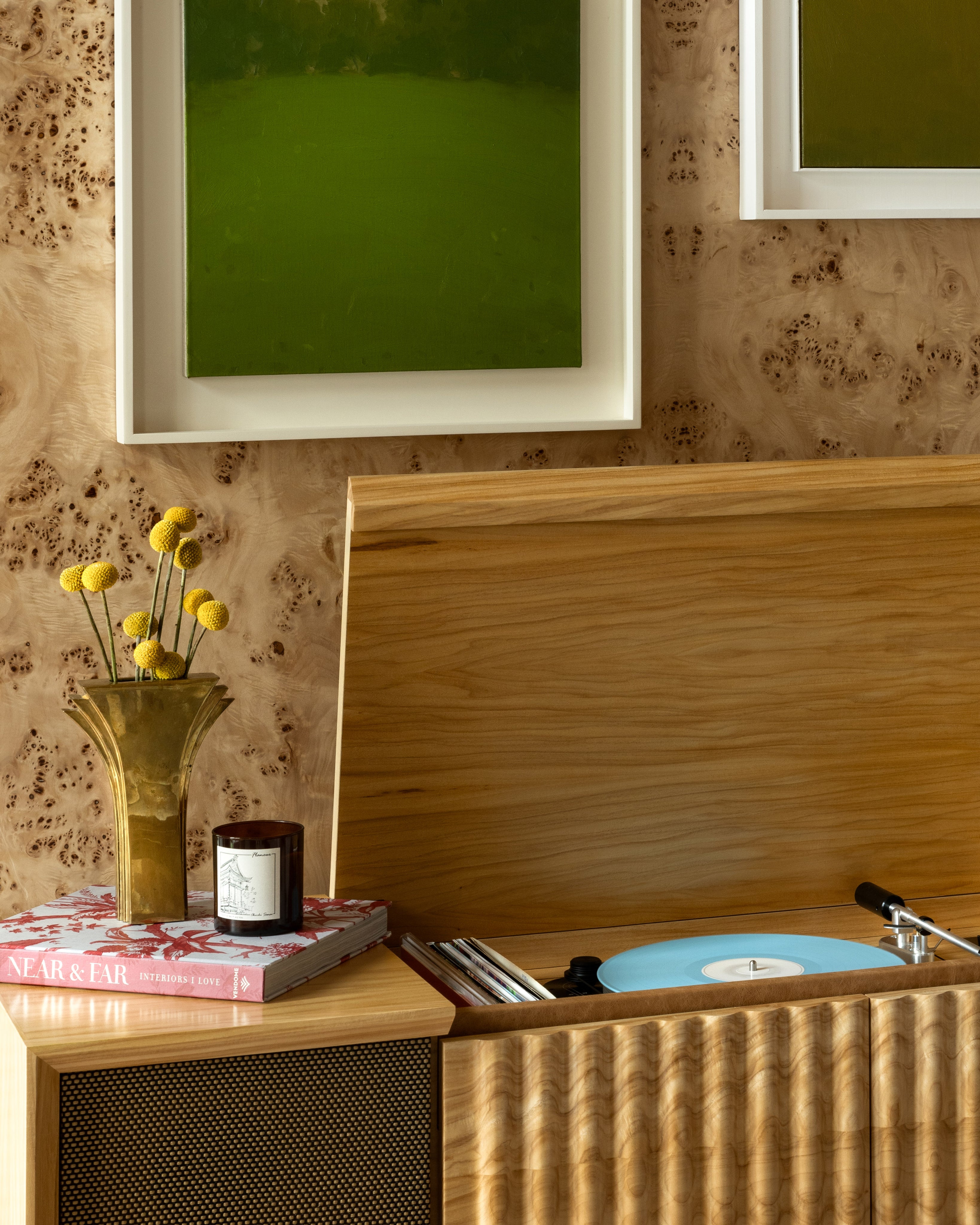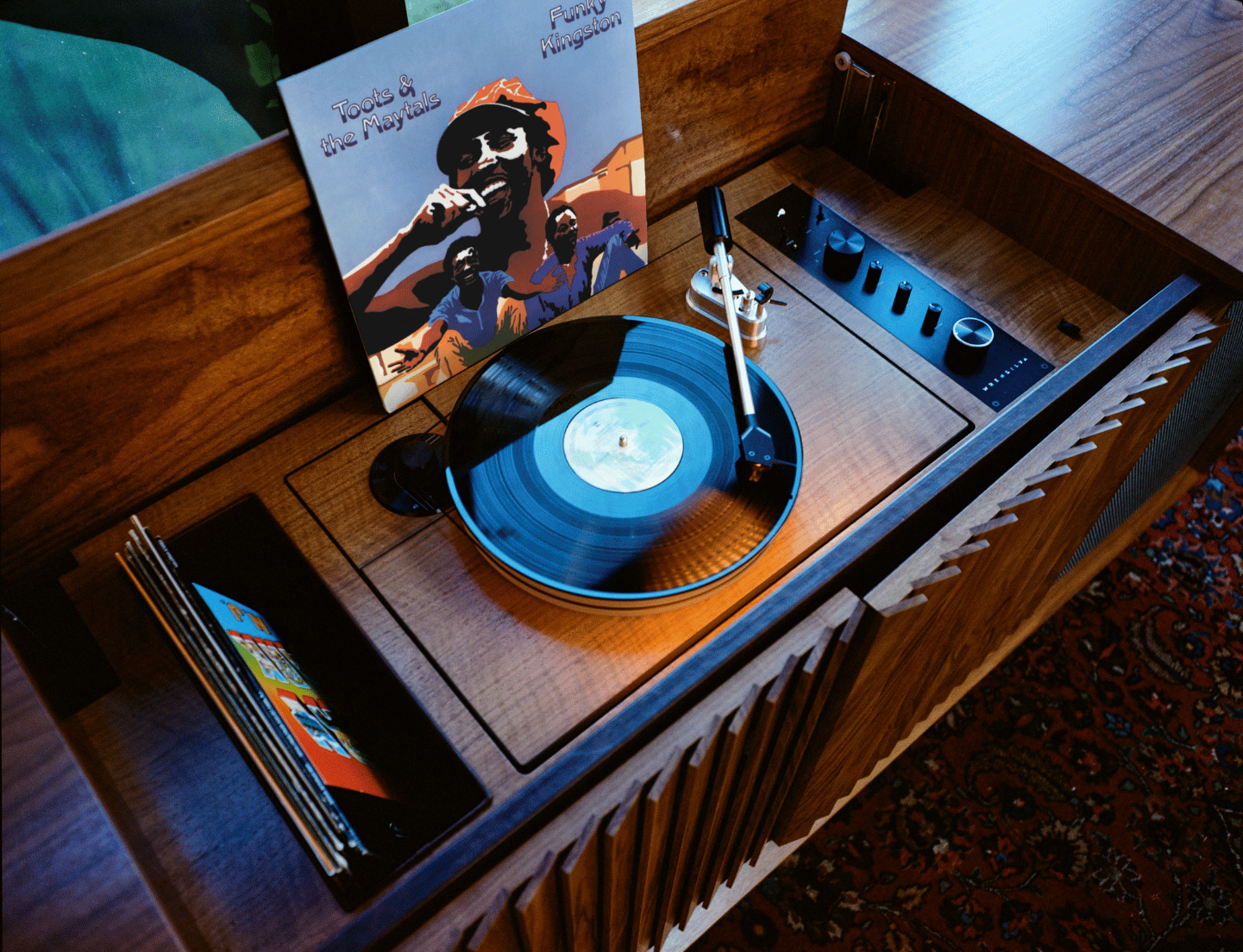In 1997, 15-year old Alain Macklovitch from Montreal became the youngest winner of the DMC World DJ Championship. Devoted to a love for hip-hop, A-Trak found himself scratching hip-hop in the turntablist rooms at electronic raves.
“There’s something about Daft Punk that, even though I only cared about hip-hop [back then] . . . because it was literally with the same grain as a Pete Rock beat, it was in a language I understood.”A-Trak
